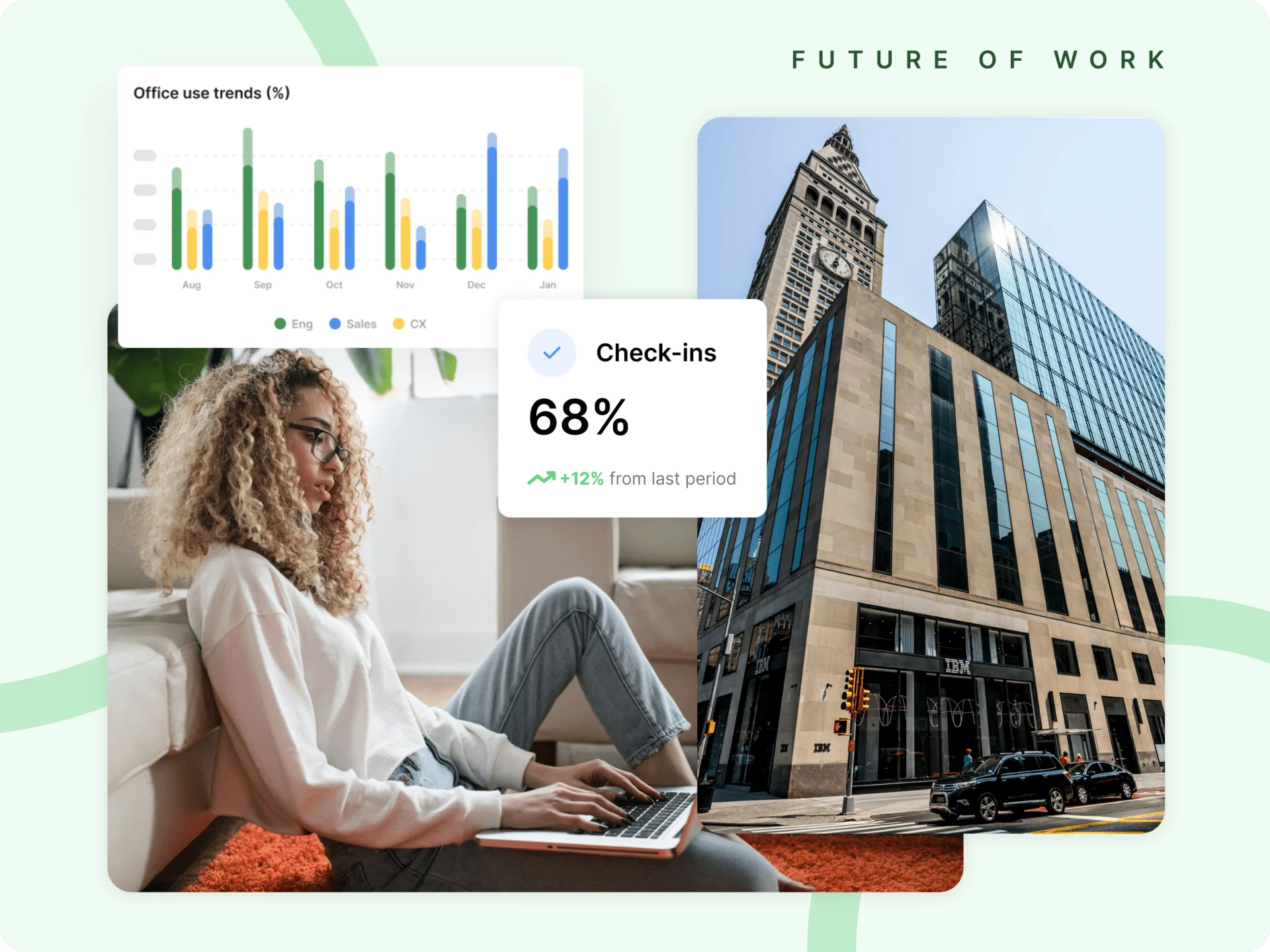IBM has been a master of reinvention for over a century. But its latest shift — requiring U.S. sales employees to relocate near offices or clients — suggests it’s falling into the same trap as many legacy firms: mistaking location for coordination.
According to The Register, IBM is asking its U.S. sales teams to confirm new work arrangements by early June. Those living more than 50 miles from an assigned office or client site are expected to move. While the policy is framed as a way to enhance client intimacy and teamwork, the reality feels more like a quiet restructuring — one with limited support and plenty of ambiguity.
Let’s call it what it is: control, not coordination.
A Different Kind Of Hybrid Breakdown
IBM says it wants its salespeople closer to customers, emphasizing physical proximity as a performance lever. But this line of thinking ignores two key realities of hybrid work:
- Proximity does not equal performance.
- Relocation does not equal engagement.
The issue isn’t hybrid itself — it’s the rigidity of how it’s being applied. The memo from IBM’s GM for the Americas, Adam Lawrence, celebrates office presence and alludes to career progression tied to co-location. He pointed to IBM’s flagship Manhattan office as a model for in-person collaboration — calling it “remarkable” to see teams working there together. But for many employees, especially those with families, established routines, or roles that haven’t required regular travel, this isn’t an invitation. It’s a threat.
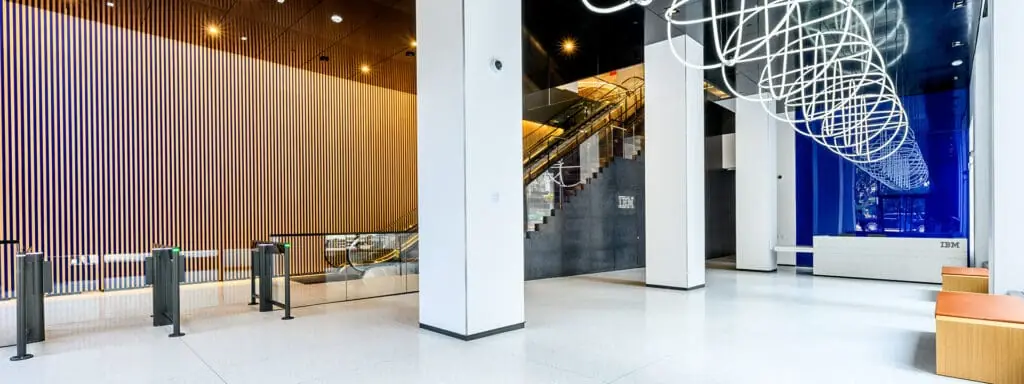
And let’s not forget who gets hit hardest by these mandates: experienced workers, caregivers, employees with disabilities, and those outside high-cost tech hubs. What IBM is calling a strategy is, for many, a deadline to uproot or leave.
What The Research Actually Shows
Unlike the Google case, which revealed the cost of visibility bias, IBM’s move reveals the limits of geographic logic. The assumption is that being physically near customers drives better business outcomes. But that’s an oversimplification.
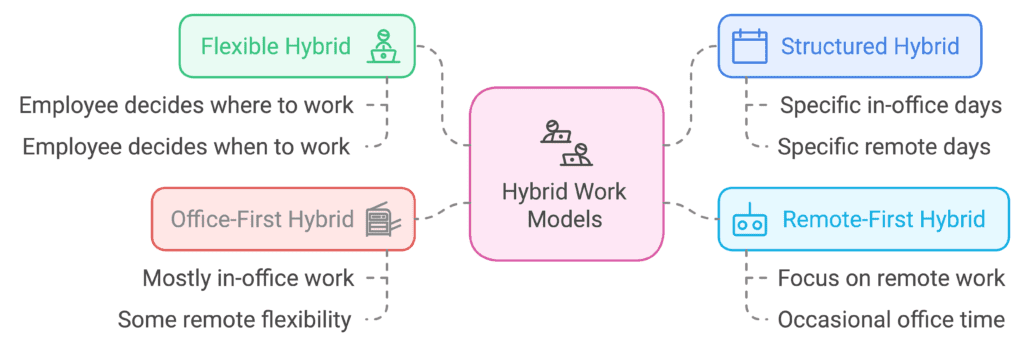
Workplace data from Unispace reveals a growing cost for companies that force employees back to fixed locations. Almost half (42%) of firms that mandated a return to the office have experienced higher-than-normal employee attrition, and 29% are now struggling to recruit new talent. The assumption that location guarantees performance is being disproven by the numbers.
Meanwhile, new FlexJobs research from 2025 shows that flexible work is no longer a perk — it’s a career driver. According to their annual career change survey, 67% of workers who want to change careers cite a lack of remote work options as a key factor. Additionally, 61% of respondents say that access to flexible work would strengthen their loyalty to the company. These findings suggest that rigid, location-based policies like IBM’s risk alienating a large segment of the workforce that now considers flexibility a baseline expectation, not a bonus.

The message from the data is clear: smart hybrid isn’t about where you sit. It’s about how and why you work — and whether your environment supports it in a sustainable way.
So What Should IBM Do Instead?
Here’s the thing: IBM’s instincts aren’t entirely wrong. Being close to customers can help sales teams build trust and close deals. But that benefit doesn’t require uprooting your people — it requires rethinking how teams operate, based on the nuances of client needs, employee preferences, and real-time performance data.
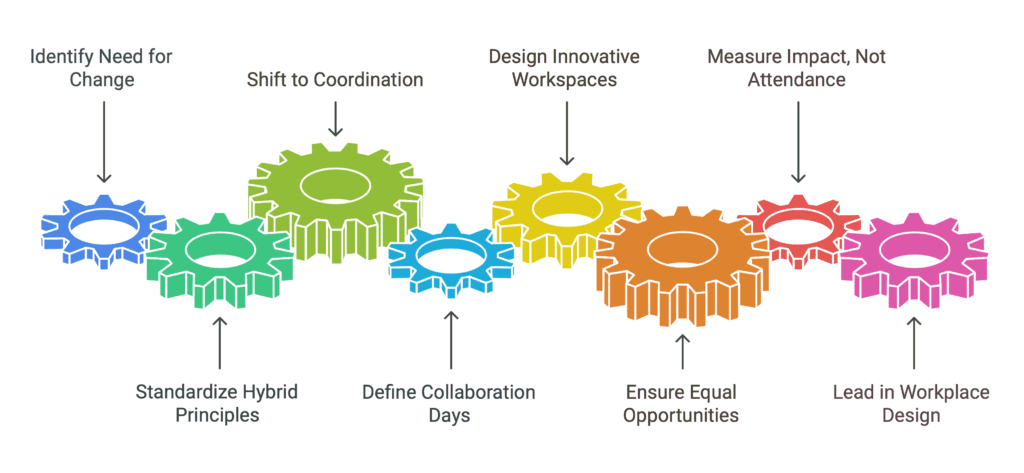
Instead of issuing blanket mandates, IBM could:
- Introduce dynamic teaming models that prioritize in-person engagement around key sales milestones, onboarding phases, or customer lifecycle events, not arbitrary location rules.
- Develop a network of local collaboration zones — easily accessible, bookable spaces in key client markets — which provide the benefits of co-location without the costs of full relocation.
- Equip frontline managers with outcome-oriented tools, enabling them to focus on deal velocity, customer retention, and employee productivity rather than physical presence.
- Leverage data-driven decision-making tools like Kadence Insights Plus, which allow organizations to track how and where work is happening. These customized dashboards provide granular visibility into workspace utilization, team behaviors, and employee patterns — surfacing where hybrid coordination succeeds and where changes are needed. With this insight, companies can identify which activities truly benefit from in-person engagement, and avoid forcing unnecessary office time that drains morale or productivity.
Rather than pulling people into rigid structures, IBM should build adaptive systems that bring the right people together at the right times, for the right reasons. That includes reimagining client engagement itself. Why not bring clients into hybrid experiences? Host co-working sessions, innovation sprints, or quarterly business reviews in flexible formats that combine physical presence with digital agility.
Let strategy drive location — not the reverse. And let data, not nostalgia, shape the future of client engagement.
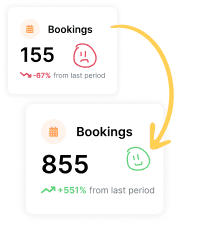
Final Thoughts
IBM’s “return to client” policy may sound like a move toward agility and customer-centricity, but the way it’s being implemented tells a more outdated story. Co-location is being confused with coordination, and physical presence is being mistaken for performance. That’s not hybrid work. That’s just relocation with extra steps.
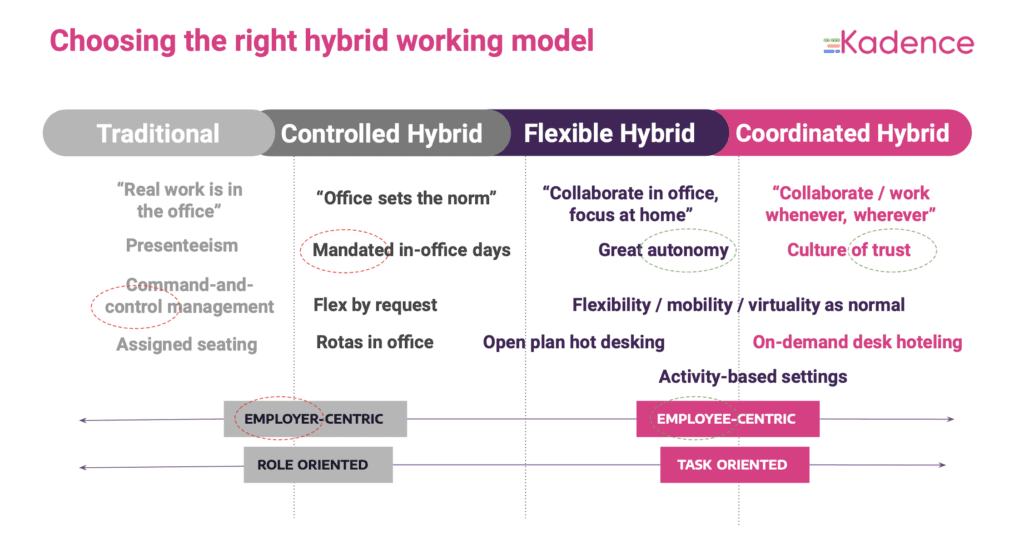
The future of work is not about proximity for proximity’s sake. It’s about designing systems where people can do their best work — individually and together — without unnecessary disruption or outdated mandates. That’s what coordinated hybrid unlocks.
At Kadence, we’ve seen firsthand how this works in practice. Our platform supports companies in designing intentional hybrid experiences that balance flexibility with focus. Features like smart desk and room booking ensure that space is used efficiently, with teams able to coordinate in-person time easily and intentionally. And with integrated notifications and check-in prompts, leaders gain visibility into patterns and preferences without resorting to surveillance or micromanagement.
These tools don’t just support hybrid—they operationalize it, ensuring flexibility doesn’t come at the cost of clarity or coordination.
The result? Leaders make better space decisions. Teams coordinate more effectively. And employees feel empowered, not micromanaged.
Want to design a hybrid strategy that actually works? Book a demo with Kadence to explore how coordinated flexibility, data-informed planning, and tools like Insights Plus can transform your workplace into a strategic asset.


